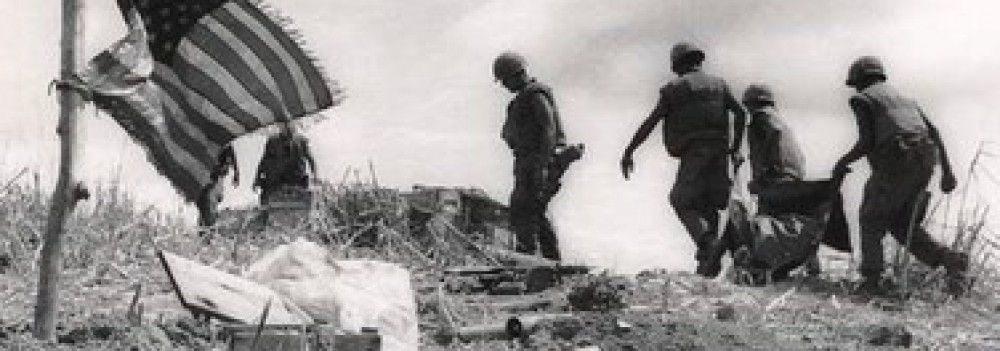Communications – Electronics
- General
- The communication equipment in this battalion is in a reasonable high state of readiness considering the extreme environmental operating conditions and the availability of replacement parts.
- Deadline equipment
- Third Echelon
- Type Quantity
AN/PRC-6 11
AN/PRC-10 8
AN/TPS-21 1
TA-1/PT 11
AN/PRC-41 1
TGC-14 1
TH-5 1
- Second Echelon
- BB-451 22 (awaiting monoblocks and
electrolyte)
AN/PRC-10 3
AN/PRC-47 4 (awaiting power supply
BB-451)
AN/PRC-41 1 (awaiting power supply
BB-451)
- Security Violations
- 3 – passing of coordinates of future rendezvous points and med evac points in the clear over radio. Instruction is being given to all companies to correct this.
- Message Traffic Incoming Outgoing
Radio 1414 977
Message Center
Classified 147
Unclassified 178 16
- Personnel Status
MOS Shortage Overage
2500 3 (OJT for MOS 2511)
2511 2
2531
2533 4
2543 2
2811 1 (E-5 2511 OJT as 2811)
2822 1
2841 1
Overall Shortage 2
- Operation Training
- Message Center
- teletype operation 2 hours
- off-line crypto operations 20 hours
- security 4 hours
- Radio
- operation and maintenance of AN/PRC-6 10 hours
- operation and maintenance of AN/PRC-10 10 hours
- operation and maintenance of AN/PRC-47 4 hours
- operation and maintenance of AN/PRC-41 3 hours
- radio voice procedure 15 hours
- security 10 hours
- electronic safety 2 hours
- Wire
- field wire ties and splices 40 hours
- field wire and pole line construction 36 hours
- Problems
- The battalion conducted one battalion (-) operation. During the operation the radio set AN/PRC-25 was used. Operating at a range of from 12 to 15 miles over rolling dune type sandy terrain with periodic heavy growths of pine trees, the mobile AN/PRC-25 with the command group used a tape antenna mating with a PRC-25 at the Regimental Headquarters using an RC-292. The results would have been excellent had it not been for occasional overriding interference on the assigned frequency. One AN/PRE-25 was used mobile with a tape antenna and mated with AN/PRC-10 utilizing an RC-292 at Battalion Headquarters, on the Battalion Tac net. Also one the net were the five AN/PRC-10’s with whip antennae used by the rifle companies and a company (-) involved in the operation.
Over the 24 hour period, with the exception of minor correctable drift of the AN/PRC-10’s, communication was excellent. During the operation as BA-279’s started growing weak it was noted that when the PRC-25 was keyed in close proximity (15-20 yards) to PRC-10’s, being used on other nets in the Battalion Command Group, it had a tendency to cut out the transmission of the PRC-10’s but did not interfere with the other PRC-25. Battery life with the PRC-25 well exceeded the 24 hour period.
On a three day platoon (Rein) operation maneuvering at the same distance, under the same environmental conditions, the PRC-25 with tape antennae mated with a PRC-10 on an RC-292 at the Battalion Headquarters and again provided constant and excellent communications. It was noted that during these operations the radio operators carrying the PRC-25 in its harness with spare batteries experienced less fatigue and were able to maneuver more freely than the radio operators carrying the PRC-10 with extra batteries in its harness and on packboards.
On the two underwater wire cables installed by the wire team, one was in open shallow water and the other of necessity in a relatively narrow and deep channel. Using WD-1/TT it was found that the swift current in the narrow channel stretched the well anchored cable past its tensile point and consistently snapped it. The cable in the open shallow water has remained intact.
